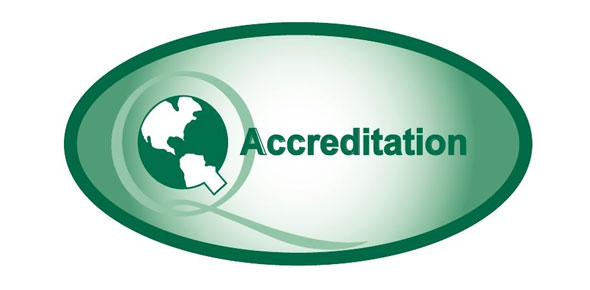Related Flashcards
Related Topics
Cards In This Set
| Front | Back |
|
Bottom-Up Estimating
|
A detailed estimating approach that usually involves team input - As the
team buils the pieces of the estimate, they build the total estimate from the bottom up.
|
|
Budget at
Completion (BAC)
|
Total project budget; amount of money planned to be spent by the time
the project is complete; sum of all planned value (PV)
|
|
Chart of Accounts (Tool)
|
A structure used to monitor project cost that usually aligns with a
company's accounting system and WBS of the project or
program
|
|
Control Account (Tool)
|
A point where scope, time, budgeted cost, and actual cost come together
to measure performance on a project - The control account is used at multiple
interface points on the project.
|
|
Cost Variance (CV)
|
The difference between what has been built (EV) and what the cost was to
build it (AC); Formula: EV-AC - A value of zero (0) means the project is
creating what it should for the cost
as planned. A negative value means you are over budget; a positive value means you are under budget.
|
|
Determine Budget
|
The process of applying the overall cost estimates to the individual
work elements to allow for a baseline cost measurement
|
|
Earned Value (EV)
|
Represents the value of the work that has actually been accomplished or completed
up to a particular point in time; the percent complete of each activity multiplied
by the planned value; also known as budgeted cost of work performed (BCWP)
|
|
Earned Value
Technique
(EVT) (Technique)
|
The technique associated with measuring the amount of completion of a
work breakdown structure component, control account or project
|
|
Estimate Costs
|
The process of estimating (educated consistent process) the cost of
people and other resources to complete the project activities
|
|
Learning Curve Theory
|
A theory which states that the more of something that is produced, the
lower the unit cost of it becomes due to an improvement in efficiency
|
|
Opportunity Cost
|
The cost associated with giving
up one opportunity for another (Ex: Project A $50K, Project B $75K. If you
select Project B, it has an opportunity cost of the total of Project A, which
is $50K.)
|
|
Planned Value (PV)
|
Represents the total costs that
should have been spent up to a particular point in time; also known as budgeted
cost of work scheduled (BCWS)
|
|
Reserves
|
Money set aside in a budget used for items that are difficult to
predict; also known as contingency reserves
|
|
Schedule Performance Index (SPI)
|
Ratio of earned value and planned value that can be used to calculate
how a project is progressing
|
|
S-Curve
|
Graphic representation of costs, work, and other quantities over time so
that the planned value, earned value, and actual cost of the work can be seen
|




